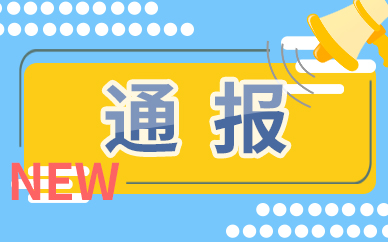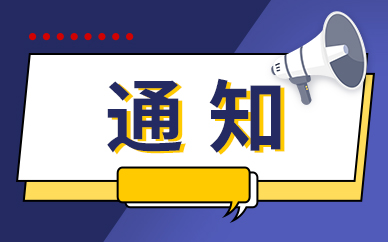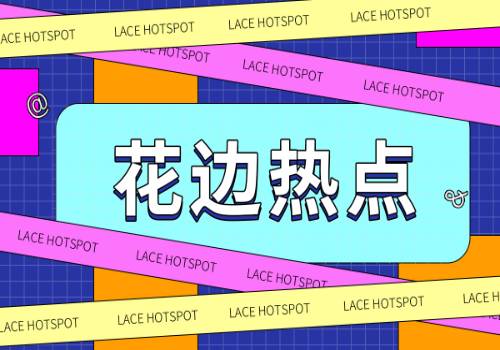总的来说,通过使用 Laravel 中的管道,你能够流畅地在若干个类之间传递一个对象,从而执行一个任意类型的任务,一旦所有的任务都被执行完,就会将结果值返回。
 (资料图片)
(资料图片)
接下来,你能了解到更多关于 Laravel pipelines 的知识。
关于管道是运行的方式,最明显的范例其实就在框架本身最常用的一个组件当中,没错,我说的就是中间件。
中间件为过滤进入应用的 HTTP 请求提供了一个便利的机制。
一个基本的中间件应该是这个样子的:
<?phpnamespace App\Http\Middleware;use Closure;class TestMiddleware{ /** * Handle an incoming request. * * @param \Illuminate\Http\Request $request * @param \Closure $next * @return mixed */ public function handle($request, Closure $next) { // Here you can add your code return $next($request); }}这些「中间件」实际上就是管道,请求经由这里发送,从而执行任何需要的任务。在这里,你可以检查请求是否是一个 HTTP 请求,是否是一个 JSON 请求,是否存在已认证的用户信息等等。
如果你想快速的查看Illuminate\Foundation\Http\Kernel类, 你将看到如何使用 Pipeline类的新实例来执行中间件。
/** * Send the given request through the middleware / router. * * @param \Illuminate\Http\Request $request * @return \Illuminate\Http\Response */protected function sendRequestThroughRouter($request){ $this->app->instance("request", $request); Facade::clearResolvedInstance("request"); $this->bootstrap(); return (new Pipeline($this->app)) ->send($request) ->through($this->app->shouldSkipMiddleware() ? [] : $this->middleware) ->then($this->dispatchToRouter());}你可以在代码中看到类似的内容:通过中间件列表发送请求的新管道,然后发送路由。
如果这让你看起来有点不知所措也不用担心。让我们试着用以下这个例子来阐明这个概念。
处理多任务运行类
让我们来看一种场景。 比方说,你建立了一个人们可以发帖并发表评论的论坛。但是,您的用户请求您自动删除标签或在创建时在每一个内容上编辑标签。
此时你被要求做的事情如下:
用纯文本替换链接标记;
用“*”替换敏感词;
从内容中完全删除脚本标记。
可能你最终会创建类来处理这些 “tasks”。
$pipes = [ RemoveBadWords::class ReplaceLinkTags::class RemoveScriptTags::class];
我们要做的是将给定的“内容”传递给每个任务,然后将结果返回给下一个任务。我们可以使用pipeline来做到这一点。
<?phppublic function create(Request $request){ $pipes = [ RemoveBadWords::class, ReplaceLinkTags::class, RemoveScriptTags::class ]; $post = app(Pipeline::class) ->send($request->content) ->through($pipes) ->then(function ($content) { return Post::create(["content" => "content"]); }); // return any type of response}每个“task”类应该有一个“handle”方法来执行操作。也许每个类都有统一的约束是一个不错的选择:
<?phpnamespace App;use Closure;interface Pipe{ public function handle($content, Closure $next);}命名是个困难的事情 ¯_(ツ)_/¯
<?phpnamespace App;use Closure;class RemoveBadWords implements Pipe{ public function handle($content, Closure $next) { // Here you perform the task and return the updated $content // to the next pipe return $next($content); }}用于执行任务的方法应该接收两个参数,第一个参数是合格的对象,第二个参数是当前操作处理完后会接管的下一个闭包(匿名函数)。
您可以使用自定义方法名称而不是“handle”。然后你需要指定pipeline要使用的方法名称,比如:
app(Pipeline::class) ->send($content) ->through($pipes) ->via("customMethodName") // <---- This one :) ->then(function ($content) { return Post::create(["content" => $content]); });最后产生的效果是什么 ?
提交的内容将会被各个$pipes所处理, 被处理的结果将会存储下来。
$post = app(Pipeline::class) ->send($request->all()) ->through($pipes) ->then(function ($content) { return Post::create(["content" => $content]); });结语
记住,有很多方法可以解决这类问题。至于如何选择,就看你自己的选择了。只要知道一点,需要的时候你可以使用这个工具就可以了。我希望这个例子让你更好的了解”Laravel pipelines”,以及如何使用它们。如果你想了解或者学习更多,你可以查看Laravel的API文档laravel.com/api/5.4/Illuminate/Pip...
原文地址:https://medium.com/@jeffochoa/understanding-laravel-pipelines-a7191f75c351
译文地址:https://learnku.com/laravel/t/7543/pipeline-pipeline-design-paradigm-in-laravel
以上就是一文了解Laravel中的Pipeline(管道)的详细内容,更多请关注php中文网其它相关文章!

























































































































